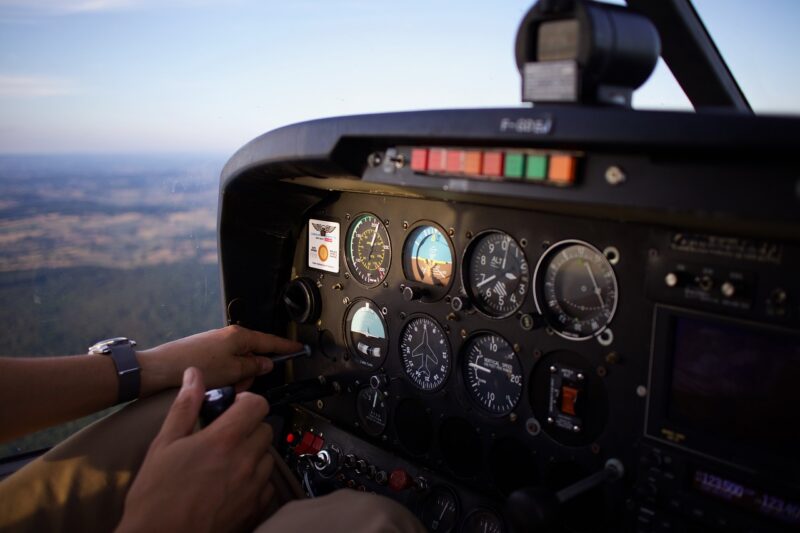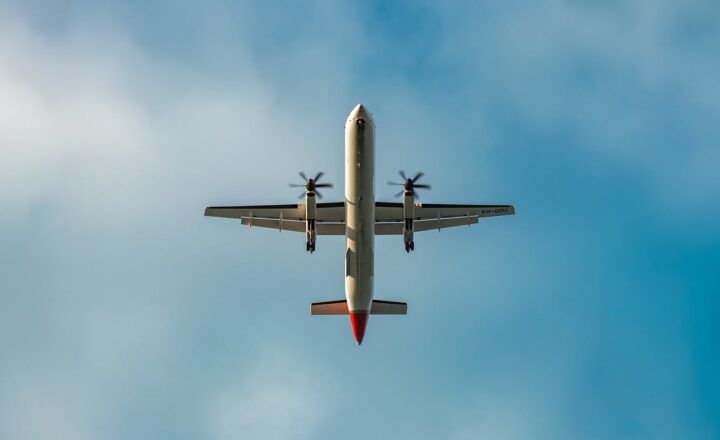How Pilots Train for Emergencies: The Critical Skills That Save Lives
November 11, 2024

Training for emergencies is an essential aspect of a pilot’s education, preparing them for the unexpected while flying. Over the years, aviation has witnessed improvements in technology and training methods, but the fundamental principles of emergency training remain critical to ensuring the safety of passengers and crew alike. This article explores the rigorous training processes pilots undergo to develop the critical skills needed to handle in-flight emergencies and save lives.
1. Understanding the Importance of Emergency Training
A pilot’s primary responsibility is to ensure the safety of their aircraft and everyone on board. In an industry where the unexpected can become a reality at any moment, comprehensive emergency training is vital. The rigorous training programs equipped pilots with the skills and knowledge required to:
- React quickly and effectively to emergencies ranging from engine failure to severe turbulence.
- Maintain calm under pressure while executing emergency protocols.
- Communicate efficiently with air traffic control and cabin crew during crises.
- Utilize their problem-solving skills to analyze situations and make quick decisions.
Without this crucial training, pilots may be ill-prepared to face challenging situations, leading to potentially disastrous consequences.
2. Types of Emergency Scenarios Pilots Train For
Emergency training encompasses a vast range of scenarios. According to flight training organizations, pilots must prepare for situations including but not limited to:
- Engine Failures: One of the most critical situations pilots train for, as losing engine power can occur during takeoff, cruising, or landing. Pilots learn to recognize symptoms of engine failure and practice emergency landing techniques in simulators.
- Electrical Failures: Handling situations where electrical systems fail requires pilots to know backup procedures and which systems would remain operational, often trained with scenario-based simulations.
- Cabin Pressure Loss: Quick understanding of oxygen systems and altitudes becomes crucial during rapid decompression scenarios. Pilots practice recognizing high-altitude symptoms and implementing swift procedures to gain altitude.
- Severe Weather Encounters: Pilots learn to interpret weather reports, understand turbulence, and respond to severe conditions with appropriate maneuvers to keep the aircraft stable.
- In-flight Fire Situations: Training helps pilots identify smoke and fire hazards, effectively use fire suppression systems, and prepare for emergency landings when necessary.
Pilots must think critically and act decisively, employing a unique set of skills to tackle scenarios that could challenge even the most experienced professionals.
3. Simulator Training: The Heart of Emergency Preparation
Simulators play an integral role in a pilot’s emergency training regimen. These high-fidelity devices replicate real aircraft systems, environments, and scenarios, allowing pilots to practice handling emergencies in a controlled space. Key points about simulator training include:
- Realistic Scenarios: Simulators can create real-time challenges that require pilots to navigate through emergencies just as they would in an actual aircraft, ensuring that they receive hands-on experience without the associated risks.
- Immediate Feedback: Instructors can offer immediate critique and coaching, helping pilots effectively learn from their actions and improve their responses for future situations.
- Repetition and Familiarity: By simulating emergencies repeatedly, pilots build muscle memory and instinctively know how to respond when real-life situations arise, enabling faster and more accurate reactions.
With the next-generation simulators, pilots can also engage in multi-crew training, which focuses on effective teamwork during emergencies, further ensuring safety in the cockpit.
4. Classroom Instruction: The Theoretical Foundation
While practical training in simulators is crucial, classroom instruction lays the theoretical foundation for emergency preparedness. This educational aspect includes:
- Understanding Aerodynamics and Flight Mechanics: Pilots learn how various forces affect flight, enabling them to make informed decisions with respect to aircraft control during emergencies.
- Study of Aviation Regulations and Procedures: Knowledge of regulatory requirements helps pilots understand their responsibilities during emergencies, including coordinating with air traffic services and other authorities.
- Emergency Checklists and Protocols: Familiarization with emergency checklists ensures that pilots can quickly reference necessary steps during crises, minimizing the risk of overlooking vital actions.
The combination of classroom theory and hands-on simulator training provides pilots with a comprehensive understanding of what they may encounter during their flying career.
5. Continuing Education: Staying Updated on Best Practices
Even seasoned pilots undergo regular training to maintain proficiency in emergency response. The aviation industry adapts rapidly to technological advancements, and continuous education helps ensure that pilots:
- Stay updated with the latest emergency protocols and techniques.
- Practice new scenarios as they arise, resulting from advances in aircraft design or changes in operational procedures.
- Review past incidents to learn from mistakes, integrating findings into training sessions to enhance safety protocols.
This culture of continuous improvement plays a significant role in maintaining aviation safety and ensures that pilots are always ready for emergencies.
Conclusion: The Lifesaving Role of Pilot Training
The training pilots undergo to prepare for emergencies is rigorous, thorough, and essential to their profession. From simulator sessions to classroom instruction, the skills they develop are crucial not only to their safety but also that of everyone on board the aircraft. By mastering critical emergency response techniques and continuously updating their knowledge, pilots demonstrate unwavering commitment to passenger safety. Today, as we board flights with confidence, we can appreciate the skilled training that empowers pilots to save lives in unforeseen circumstances.








